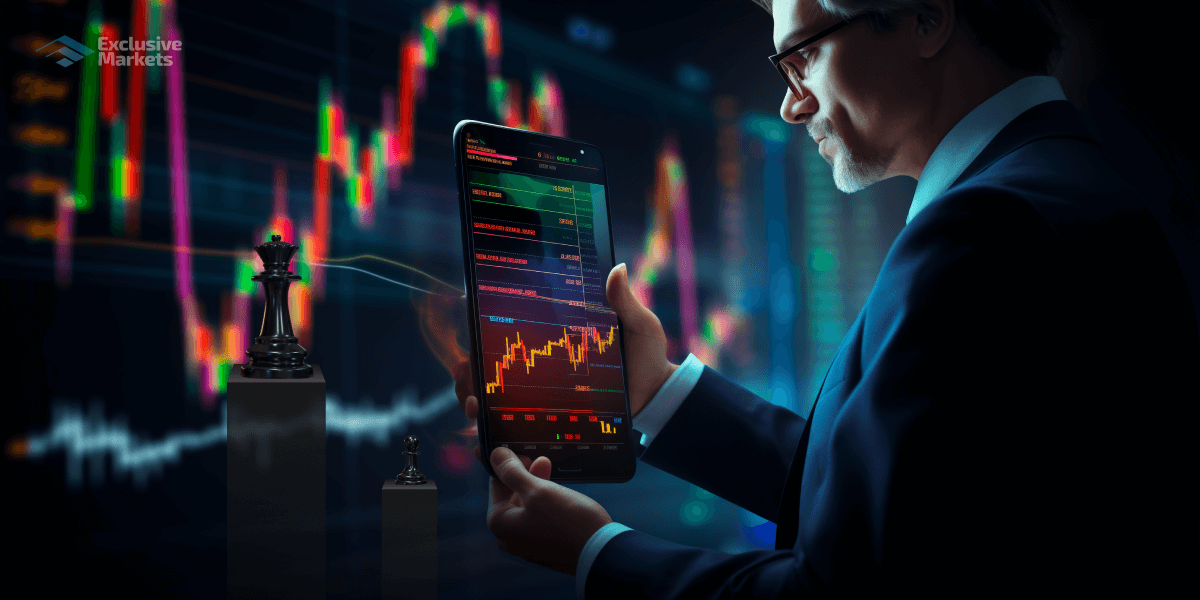
The Growing Landscape of the Forex Trading Business
The forex trading business has seen a remarkable evolution in recent years, thanks in part to technological advancements and increased access to trading platforms. With its allure of high liquidity and the potential for significant returns, it’s little wonder that countless individuals are drawn to the forex market. One such platform that caters to traders is forex trading business Indian Trading Platforms, which serves as a gateway for many aspiring forex investors.
Understanding Forex Trading
Forex, or foreign exchange, refers to the global marketplace for buying and selling national currencies against one another. Unlike stock markets that operate during specific hours, the forex market is open 24 hours a day, five days a week, providing traders with the flexibility to engage in buy and sell transactions across different time zones. The key to success in the forex trading business lies in understanding how currency pairs work, the factors influencing exchange rates, and adopting effective trading strategies.
Basics of Currency Pairs
In the forex market, currencies are traded in pairs, such as EUR/USD or USD/JPY. The first currency listed is known as the base currency, while the second is the quote currency. The price of a currency pair reflects how much of the quote currency is needed to buy one unit of the base currency. For instance, if the EUR/USD exchange rate stands at 1.20, it means one Euro is equivalent to 1.20 US dollars.
Key Factors Influencing Forex Markets
The forex market is influenced by numerous factors, making it both fascinating and complex. These factors include:
- Economic Indicators: Economic reports such as GDP growth rates, employment figures, and inflation data can significantly affect currency values.
- Central Bank Policies: Interest rates set by central banks can influence the flow of money into and out of currencies, impacting their value.
- Political Stability: Countries with stable governments tend to attract more foreign investment, boosting their currency’s value.
- Market Sentiment: Traders’ perceptions about future market movements can create demand fluctuations for currencies.
Essential Strategies for Forex Trading
Adopting a well-thought-out trading strategy is crucial for success in the forex trading business. Here are some essential strategies:
1. Trend Following
Trend following involves identifying the direction of the market—upward or downward—and making trades that align with that trend. Traders often use technical analysis through charts and indicators to identify trends.
2. Range Trading

Range trading focuses on identifying support and resistance levels to trade between. When a currency pair oscillates within a certain range, traders can buy at support levels and sell at resistance levels.
3. Breakout Trading
This strategy is based on the idea that prices tend to break out of established support or resistance levels. Traders will buy if the price breaks above resistance or sell if it breaks below support.
4. Carry Trade
In a carry trade, traders borrow money in a currency with a low-interest rate and invest it in a currency with a higher interest rate. This strategy relies on the interest rate differentials between currencies.
Risk Management in Forex Trading
Despite the potential for profit in forex trading, risk management is equally important. Effective risk management strategies include:
- Setting Stop-Loss Orders: This helps limit losses on trades by automatically selling a currency pair when it reaches a specified price.
- Diversification: Trading different currency pairs can reduce risk by not placing all investments in one area.
- Position Sizing: Investors should carefully determine their position size based on risk tolerance and account size.
- Emotional Control: Maintaining discipline and not allowing emotions, such as fear or greed, to dictate trading decisions is crucial.
Tools and Resources for Forex Traders
Utilizing the right tools and resources can greatly enhance a trader’s performance. Some valuable resources include:
- Trading Platforms: Robust trading platforms provide access to markets, tools for analysis, and resources for executing trades. Many modern platforms also offer mobile trading options.
- Economic Calendars: Staying informed about upcoming economic events can help traders anticipate currency movements.
- Trading Communities: Engaging with other traders through forums and online groups fosters shared knowledge and insights.
- Brokerage Services: Choosing the right forex broker is essential for accessing necessary tools, competitive spreads, reliable execution, and customer support.
The Future of Forex Trading
As technology continues to evolve, the forex trading business is poised for further growth. The introduction of algorithms and automated trading systems is changing how traders access the market. Moreover, increased integration of blockchain technology and cryptocurrencies is reshaping forex trading landscapes, offering new opportunities and challenges.
Conclusion
The forex trading business presents a vibrant and lucrative opportunity for many individuals willing to invest time in understanding the market. By leveraging effective trading strategies, managing risks, and utilizing modern trading tools, anyone can partake in this exciting marketplace. With the right mindset and preparation, the world of forex trading can open doors to financial freedom and success.